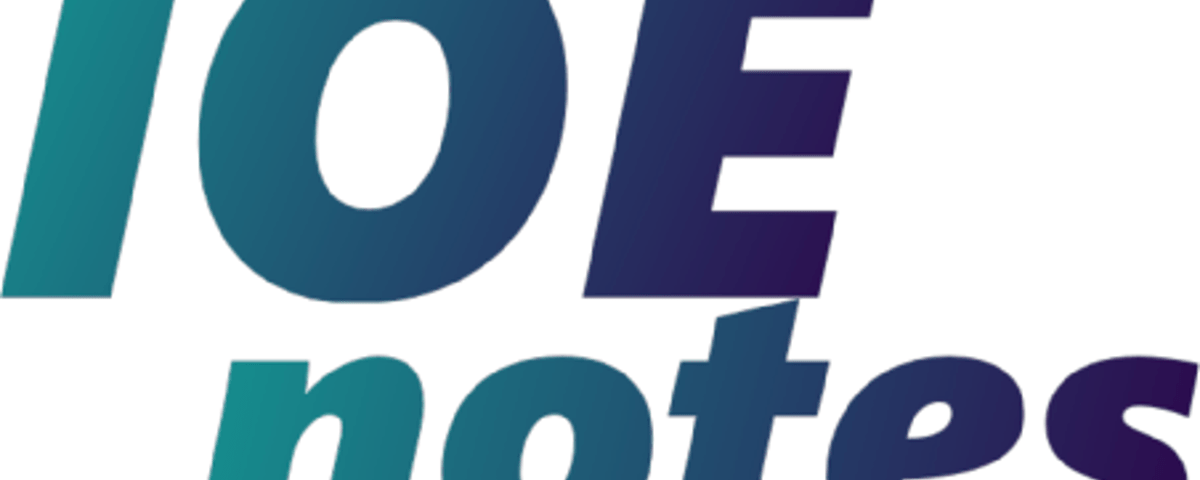ME651
|
Lecture |
: 3 |
Year |
: III |
|
Tutorial |
: 0 |
Part |
: II |
|
Practical |
: 3 |
Course objective
To provide fundamental knowledge and skills to the students that are needed to design the most commonly used machine elements. To make students able to design different kinds of machine elements and components.
|
Course Outlines: |
|
|
1. Design Process |
(3 hour) |
1.1.Introduction
1.2.Basic Steps in the Design and Synthesis Process
1.2.1Recognition of need
1.2.2Definition of the problem
1.2.3Gathering relevant information, functional requirements
1.2.4Conceptualization
1.2.5Evaluating alternatives
1.2.6Communication
1.2.7Feedback from manufacturer and user
1.3.Communicating the design
1.3.1.Drawings and CAD
1.3.2.Charts and graphs
|
2. Materials Selection |
(2 hour) |
2.1.Information on Materials Properties
2.2.Economics of Materials
2.3.Evaluation Methods for Materials Selection
2.4.Cost versus Performance Relations
2.5.Cost and Value Analysis
|
3. New Product Design |
(2 hours) |
3.1.Feasibility Studies
3.2.Preliminary design
3.3.Detailed design and analysis
3.4.Planning for manufacture
3.5.Planning for distribution and use
1.4.Planning for Retirement
|
4. Problem Solving and Decision Making |
(4 hours) |
4.1.The Problem Solving Process
4.2.Creative Problem Solving
4.3.Invention
4.4.Brainstorming
4.5.Problem Statement; Needs, goals, constraints, compromises, conditions, criteria for evaluation
4.6.Problem Solving; Preparation, incubation, inspiration and verification
4.7.Decision Matrix
4.8.Decision Tree
4.9.Relevant Problems
|
5. Design of shafts |
(8 hours) |
5.1.Design for static load
5.2.Reversed bending and steady torsion
5.3.The solderberg approach
5.4.Design for alternating bending and torsional stress
5.5.The kimmelmann load approach
5.6.Basic graphical approach
5.7.A general approach
5.8.The sine approach
|
6. Rolling contact bearing |
(4 hours) |
6.1.Types of roller bearing
6.2.Bearing life
6.3.Bearing load
6.4.Selection of ball and straight roller bearing
6.5.Selection of tapered bearing
|
7. Lubrication and journal bearings |
(6 hours) |
7.1.Types of lubrication, viscosity and charts
7.2.Petroff law, stable lubrication, thick film lupr
7.3.Hydrodynamic theory
7.4.Design consideration for journal bearing
7.5.Minimum film thickness
7.6.Coefficient of friction, lubricant flow, film pressure and temperature rise, temp and viscosity consideration
7.7.Optimization techniques
7.8.Pressure fed bearing, heat balance
7.9.Bearing design and bearing alloys
7.10.Thrust bearing, boundary lubricated bearing
7.11.Bearing material
|
8. Design of belts |
(4 hours) |
8.1.Flat belt design open cross belt
8.2.V-belt design
8.3.Choice of chain and sprocket drive
|
9. Gear design |
(12 hours) |
9.1.Spur gear
9.1.1.Gear train
9.1.2.Force analysis and tooth stresses
9.1.3.Stress concentration and geometry factor
9.1.4.Dynamics effects
9.1.5.Estimating gear size
9.1.6.Fatigue strength design
9.1.7.Factor of safety and surface durability
9.1.8.Surface fatigue strength
9.1.9.Gear blank design
9.2.Helical bevel and worm gear
9.2.1.Helical gears tooth proportion and force analysis
9.2.2.Strength analysis and design
9.2.3.Worm gearing – kinematics and force analysis
9.2.4.Power rating of worm gears
9.2.5.Bevel gears- kinematics and force analysis
9.2.6.Bevel gearing design – bending stress and strength surface durability
9.2.7.Spiral bevel gears
Practical:
1.Assigned Problems;
Chosen to relate to course material; the design process, decision making and new product design
2.Assignment on: Design of shafts
3.Assignment on: Rolling contact bearing
4.Assignment on: journal bearings
5.Assignment on: Belt design
6.Assignment on: Gear design
References:
1.G.E. Dieter, “Engineering Design- a Materials Processing Approach”, McGraw Hill, First Metric Edition.
2.M. F. Spotts,”Design of Machine Elements” , Prentice Hall.
3.J.E. Shigley, “Machine Design”, McGraw Hill.
Evaluation Schemes:
The questions will cover all the chapters of the syllabus. The evaluation scheme will be as indicated in the table below.
|
Unit |
Chapter |
Topics |
Marks |
|
|
1 |
1, 2 & 3 |
all |
16 |
|
|
9 |
9.2 |
|||
|
2 |
4 & 6 |
all |
16 |
|
|
3 |
5 |
all |
16 |
|
4 |
7 & 8 |
all |
16 |
|
5 |
9 |
9.1 |
16 |
|
Total |
80 |


